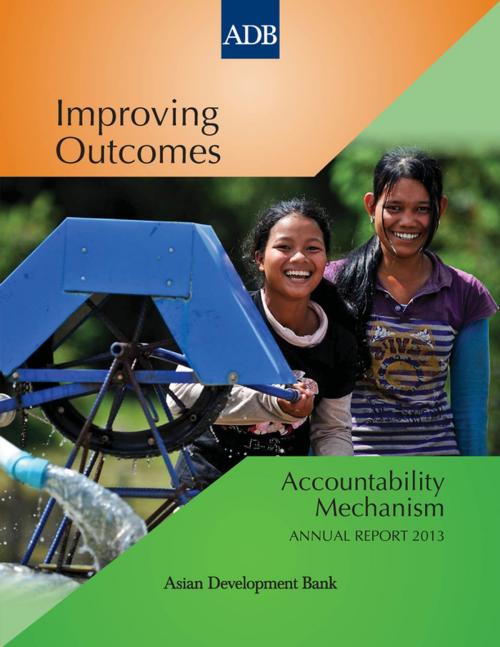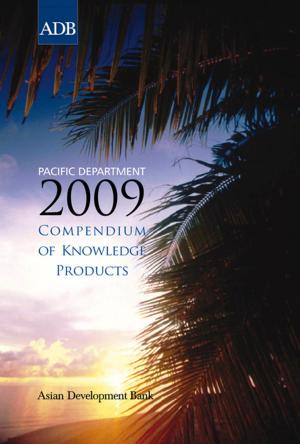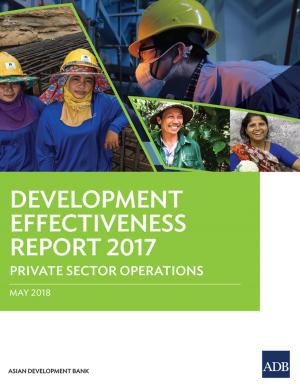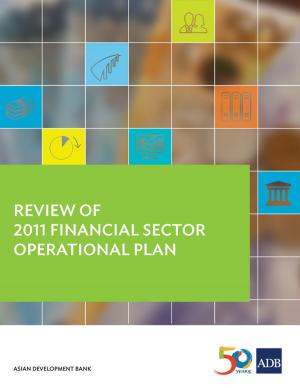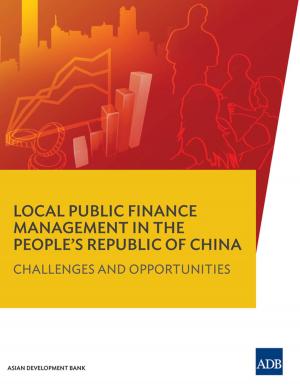| Author: | Asian Development Bank | ISBN: | 9789292544799 |
| Publisher: | Asian Development Bank | Publication: | April 1, 2014 |
| Imprint: | Asian Development Bank | Language: | English |
| Author: | Asian Development Bank |
| ISBN: | 9789292544799 |
| Publisher: | Asian Development Bank |
| Publication: | April 1, 2014 |
| Imprint: | Asian Development Bank |
| Language: | English |
The main purpose of the Accountability Mechanism of the Asian Development Bank (ADB) is to provide people adversely impacted by ADB-assisted projects with a forum for airing grievances that may have inadvertently arisen as a result of project operations, and seeking appropriate redress. However, few people understand that the mechanism benefits ADB as much as it does project beneficiaries. By ultimately improving project quality, operation of the Accountability Mechanism prevents numerous adverse impacts from occurring altogether. This report summarizes Accountability Mechanism operations during 2013 within the context of specific ADB-assisted projects. This approach provides readers unfamiliar with the mechanism with an easily understandable introduction to its operations. More importantly, the report’s focus on real-world examples allows project beneficiaries and their representatives, nongovernment organizations, government agencies, and even ADB staff members to understand how they may best benefit from its use.
The main purpose of the Accountability Mechanism of the Asian Development Bank (ADB) is to provide people adversely impacted by ADB-assisted projects with a forum for airing grievances that may have inadvertently arisen as a result of project operations, and seeking appropriate redress. However, few people understand that the mechanism benefits ADB as much as it does project beneficiaries. By ultimately improving project quality, operation of the Accountability Mechanism prevents numerous adverse impacts from occurring altogether. This report summarizes Accountability Mechanism operations during 2013 within the context of specific ADB-assisted projects. This approach provides readers unfamiliar with the mechanism with an easily understandable introduction to its operations. More importantly, the report’s focus on real-world examples allows project beneficiaries and their representatives, nongovernment organizations, government agencies, and even ADB staff members to understand how they may best benefit from its use.
